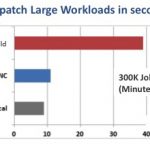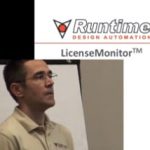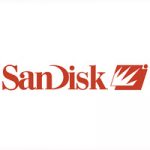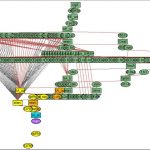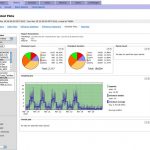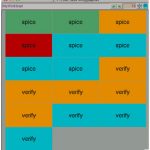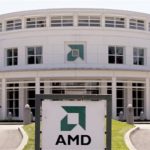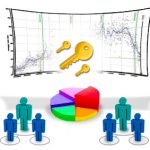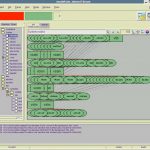When you see a new product announcement from an EDA company, it is always put in terms that make it seem as if the engineer is sitting at his or her desktop with a big server and is running the new tool to wondrous effect. But the reality in the real world is that most companies have a computing infrastructure of server farms, often several… Read More
Tag: rtda
LicenseMonitor Users’ Group Silicon Valley
If DAC is the most general event in our industry, then the LicenseMonitor Users’ Group Silicon Valley has to be one of the most focused. It was held back in May but one of the key presentations was Brian Janes of RTDA talking about what is new in the latest version of LicenseMonitor which is 2013.03.
Like a number of people at RTDA,… Read More
Sandisk and NetworkComputer
Robert Veltman and Vikash Tyagi of SanDisk Corporation presented at SNUG a few weeks ago on their selection and use of RTDA’s NetworkComputer to manage their workflows.
Like everyone else, SanDisk has a high-performance computing farm (and like everyone else they are coy about how big it is) and lots of licenses for EDA tools,… Read More
RTDA at Altera
I talked to Yaron Kretchmer of Altera to find out how they are using RTDA’s products. I believe that Altera are the oldest customer of RTDA, dating back over 15 years, originally used by the operations team around the test floor before propagating out in the EDA and software worlds more recently.
Altera use two RTDA tools, LicenceMonitor… Read More
How Many Licenses Do You Buy?
An informal survey of RTDA customers reveals that larger companies tend to buy licenses based on peak usage while smaller companies do not have that luxury and have to settle for fewer licenses than they would ideally have and optimize the mix of licenses that they can afford given their budget. Larger companies get better prices… Read More
How to Use Those Licenses Effectively
So DAC is over and you are no longer thinking about the features and benefits of new tools or even the tools that you already own. But once you have lots of tools then you need to worry about how to use them efficiently.
But here are three things that you need to worry about to get the most out of your EDA investment:
- how do you measure the actual
Going with the Flow at AMD
At EDPS in Monterey, Tom Spyrou of AMD talked about their compute environment in the context of parallel algorithms. I discovered that they are a big user of RTDA’s FlowTracer so I talked to Philip Steinke at AMD about how they used it.
He said that they largely use it as described in The Art of Flows as a graphical distributed … Read More
RTDA at DAC: Scale to Millions of Jobs
RTDA is all about enterprise level scalability. Their three main products all scale to be able to handle the most demanding needs of large companies with large farms of servers. Of course there are some new refinements too.
LicenseMonitor can scale to 70,000 simultaneous checkouts with 1 billion checkout records in the database.… Read More
The Art of Flows, Part II
Part I (here) looked at a bit of the history of scripting, makefiles and other approaches to more formally specify and institutionalize EDA design flows.
The most sophisticated tool I know that looks at this issue is RTDA’s FlowTracer.… Read More
The Art of Flows, Part I
These days, the flows that are used to build semiconductor designs are rightly regarded as part of the intellectual property of the company that developed and used them.
But it didn’t always used to be that way.… Read More


